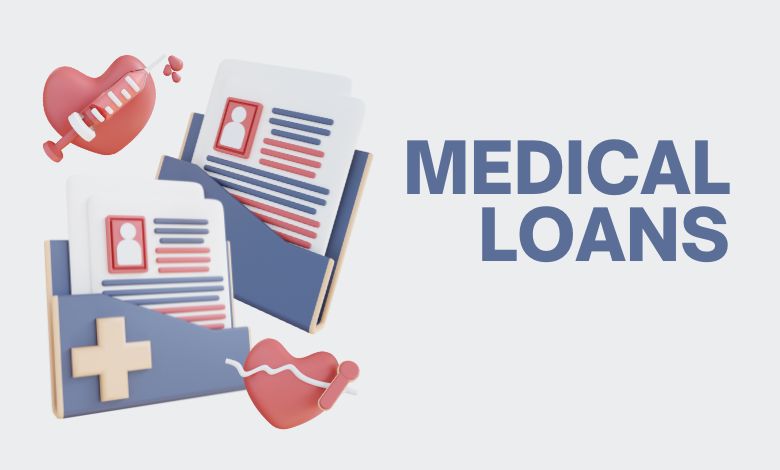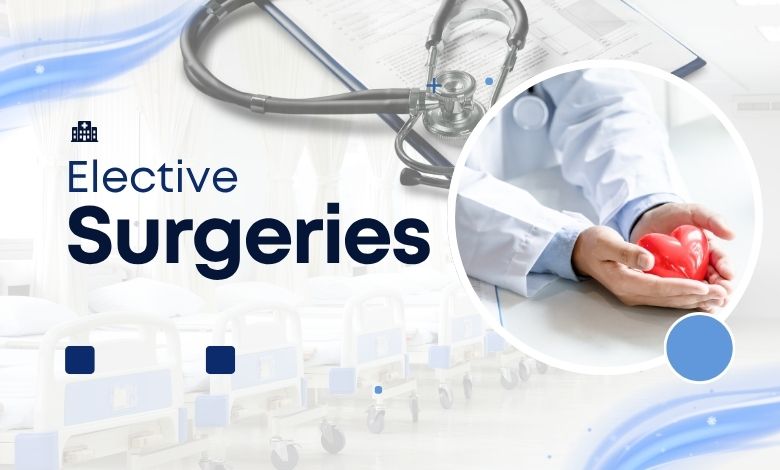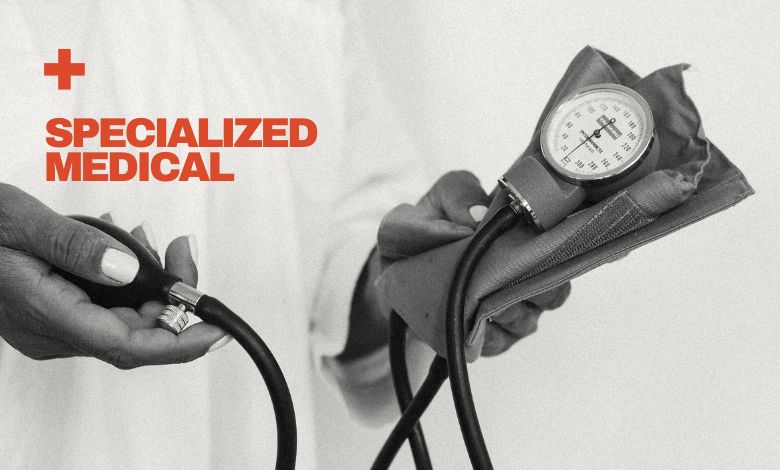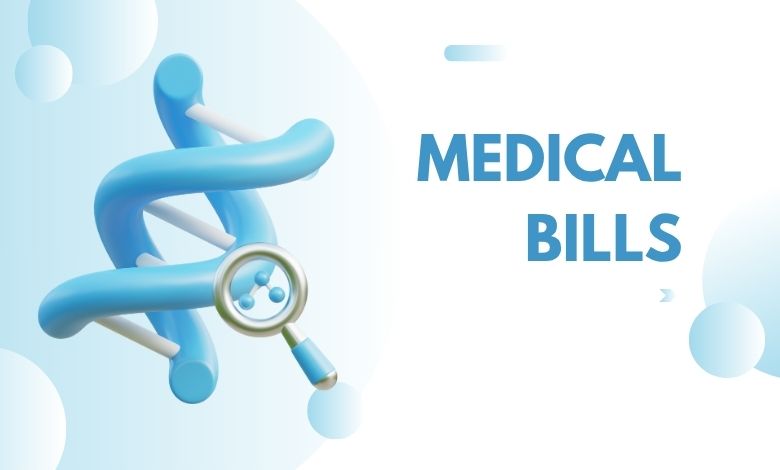Medical Loans in the USA: When and How to Use Them Wisely

In the United States, the rising cost of healthcare has left many individuals facing unexpected medical bills that can quickly strain personal finances. Even with insurance, out-of-pocket costs for procedures, emergency treatments, dental work, or elective surgeries can run into thousands of dollars. That’s where medical loans come in—a financial option that can help you cover healthcare expenses when savings and insurance fall short.
But like any financial product, medical loans come with pros, cons, and responsibilities. This post explores when to consider a medical loan, how they work, and how to use them wisely to avoid long-term debt issues.
What Are Medical Loans?
A medical loan is a type of personal loan specifically used to pay for healthcare expenses. These are unsecured loans, meaning they don’t require collateral like a home or car. You borrow a set amount from a lender and repay it in monthly installments over a fixed term, with interest.
Common uses include:
- Surgeries and hospital bills
- Dental procedures (implants, orthodontics, etc.)
- Cosmetic and elective surgeries
- Fertility treatments
- Mental health services
- Emergency room visits not fully covered by insurance
Medical loans are offered by banks, credit unions, online lenders, and sometimes through financing programs connected to healthcare providers.
When Should You Consider a Medical Loan?
A medical loan may be a good option in the following situations:
1. You Have No Other Affordable Payment Options
If your medical bill is too large to pay in cash or credit cards charge high interest rates (typically 18% or more), a personal loan with a lower fixed rate can be a better choice.
2. You Need Care Immediately
Delaying treatment due to lack of funds can make conditions worse—and more expensive to treat later. A loan provides access to care when it’s needed most.
3. Your Insurance Doesn’t Cover the Procedure
For services like cosmetic surgery, dental implants, or infertility treatments that aren’t typically covered by insurance, a loan might be the only way to proceed.
4. You Want Predictable Monthly Payments
Unlike variable medical billing or open credit lines, loans offer set payments and terms, which can make budgeting easier.
How to Use Medical Loans Wisely
While medical loans can provide financial relief, they’re still a form of debt. To ensure you’re making a smart decision, follow these best practices:
1. Compare Loan Offers Carefully
Don’t accept the first offer you receive. Shop around and compare:
- Interest rates (APR)
- Loan terms (repayment length)
- Fees (origination, late payment, prepayment penalties)
- Monthly payments
Your credit score significantly affects your rates. Borrowers with excellent credit (720+) often receive APRs as low as 6–10%, while those with poor credit might pay 20% or more.
2. Borrow Only What You Need
It might be tempting to borrow extra for comfort or cushion, but doing so increases your interest costs. Be specific and conservative when determining how much to request.
3. Understand the Total Repayment Cost
Make sure you understand how much the loan will cost over time. A $10,000 loan at 10% interest over 5 years might seem manageable at $212/month—but you’ll pay over $2,700 in interest by the end.
4. Explore Alternatives First
Before committing to a loan, consider these options:
- Payment plans through your provider: Many hospitals and clinics offer 0% interest payment plans.
- Health savings accounts (HSAs) or Flexible spending accounts (FSAs): If you have one, these allow tax-free payments for medical care.
- Charity care or income-based financial assistance: Some providers offer reduced fees or debt forgiveness based on your income level.
- 0% APR medical credit cards: Cards like CareCredit may offer 6–24 months of no-interest financing if paid on time.
5. Read the Fine Print
Some lenders include conditions that could affect your financial flexibility. Watch for clauses like variable rates, prepayment penalties, or automatic payment requirements. Avoid predatory lenders who make quick approvals but charge sky-high interest rates.
Pros and Cons of Medical Loans
Pros:
- Quick access to necessary treatment
- Fixed interest rates and monthly payments
- No collateral required
- Can help avoid using high-interest credit cards
Cons:
- Interest and fees add to the overall cost of care
- Monthly payments may strain your budget
- Can impact your credit score if not managed properly
- Risk of over-borrowing or borrowing without exploring cheaper options
Conclusion
Medical loans can be a valuable tool for managing healthcare expenses, especially when you’re facing high out-of-pocket costs or urgent treatment needs. However, they should be used strategically and with a full understanding of their financial implications.
Before taking on any debt, review your insurance coverage, check if your provider offers payment assistance, and compare multiple lenders. If you decide to proceed, choose a reputable lender, borrow only what you need, and ensure you can comfortably manage the monthly payments.
In a healthcare system as expensive as the U.S., financial tools like medical loans can offer critical support—when used wisely and responsibly.



